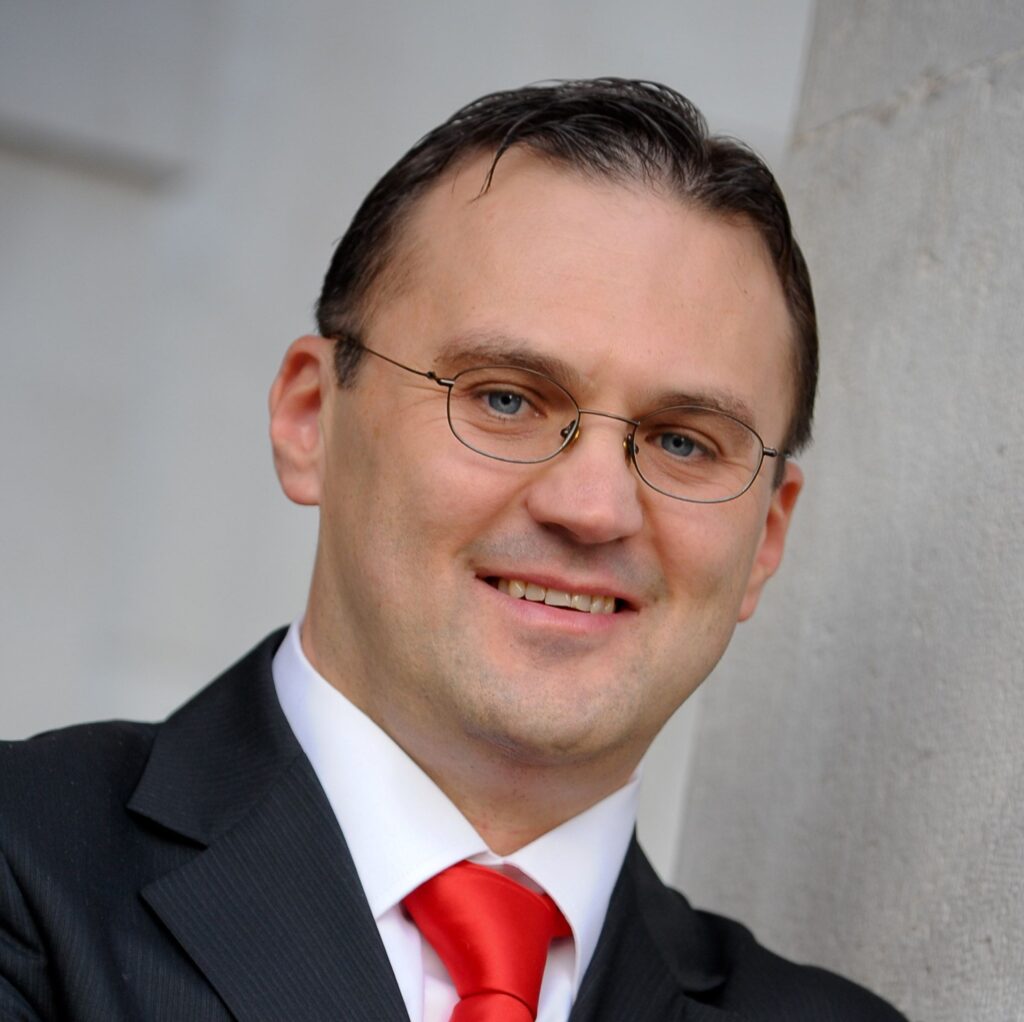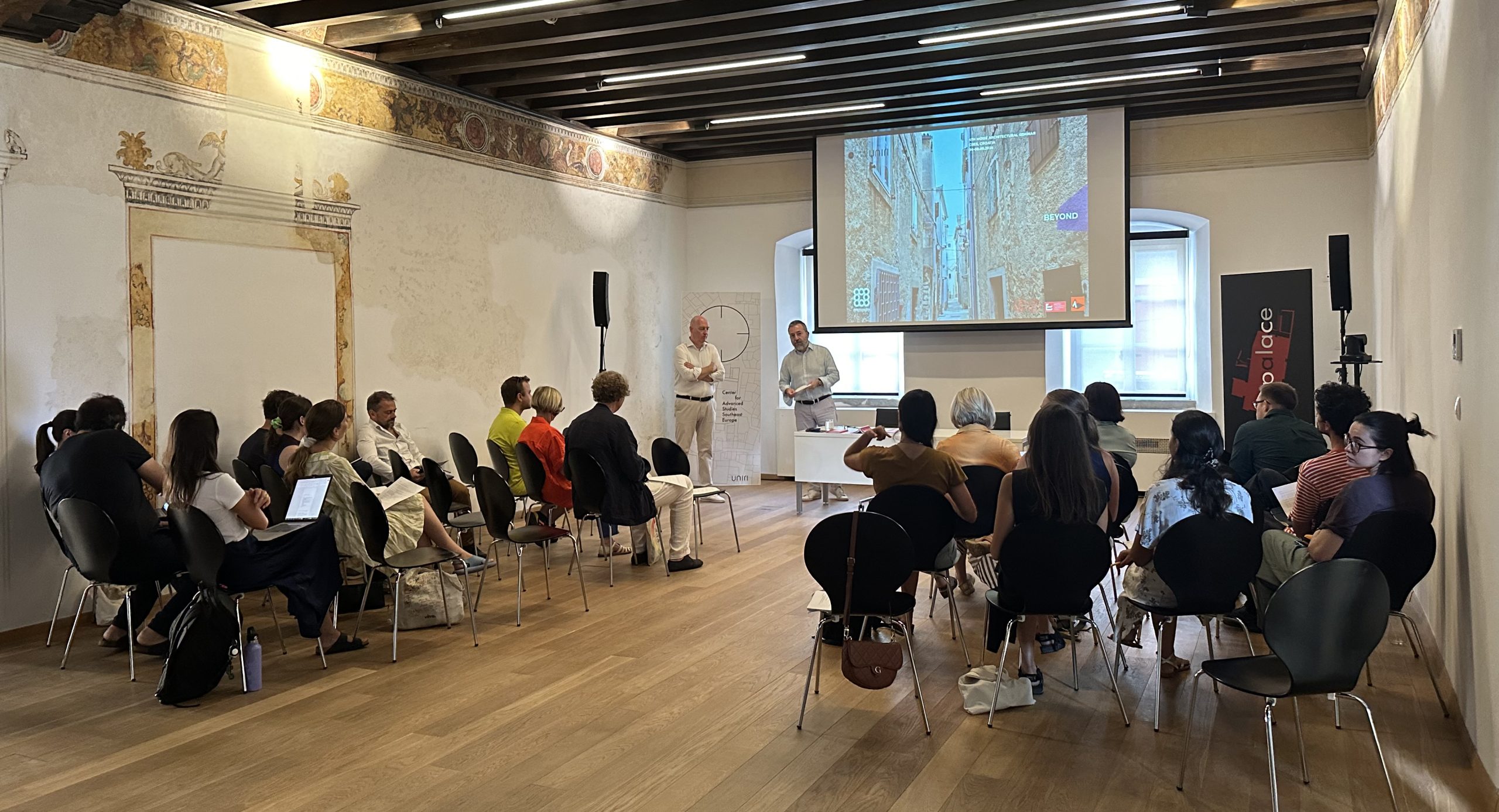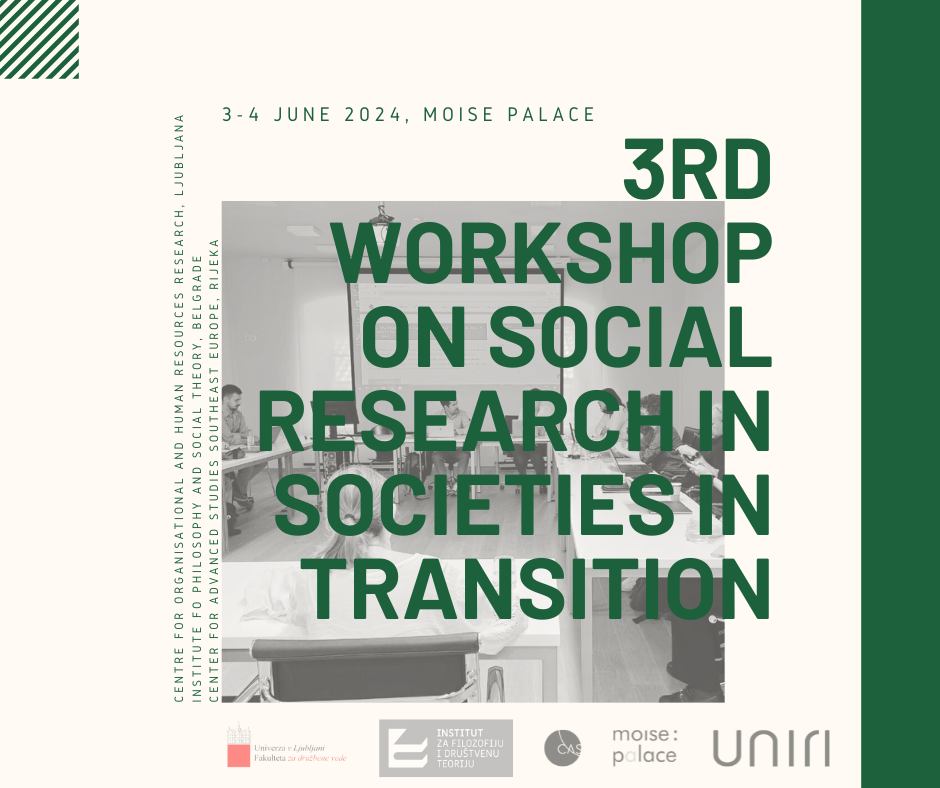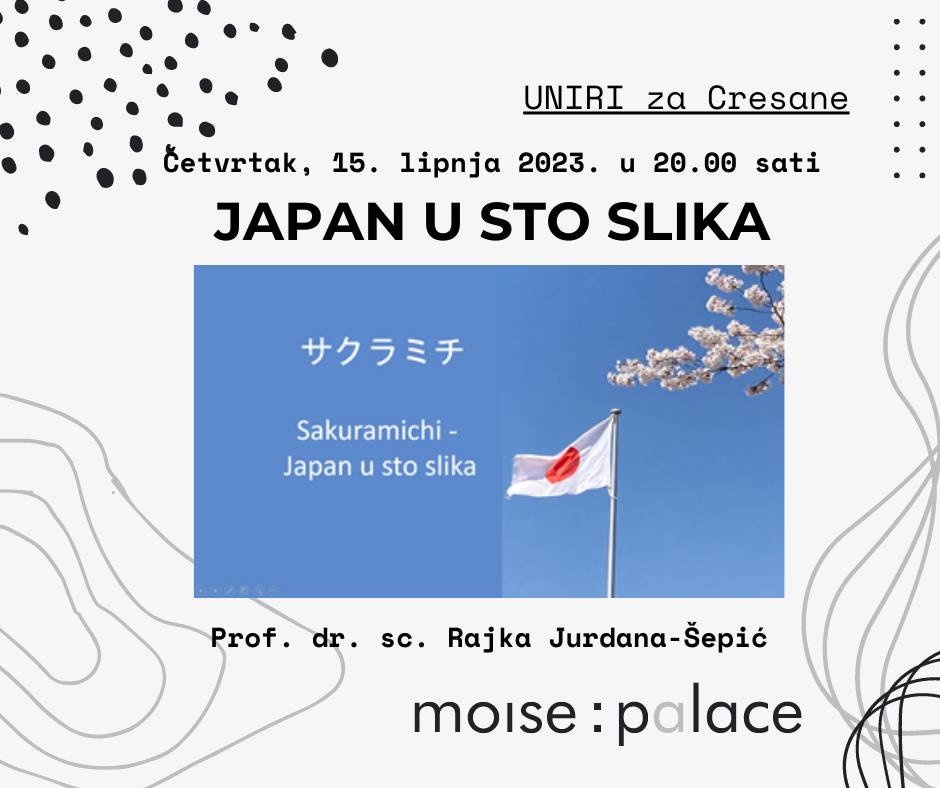On Thursday, June 23, as part of the UNIRI for Cres Community program, prof. dr. sc. Miroslav Joler from the University of Rijeka held a lecture: Why did 5G cause such a buzz?

You can access the lecture via the link of the Moise Palace Facebook page: https://fb.watch/eelUXmmgg_/
The announcement of introducing the 5th generation of mobile networks (5G) into public use caused a wave of protests worldwide. Croatia was not an exception, expressing the protesters’ concern about the impact of 5G on people’s health, specifically regarding information about the operation of 5G with millimeter waves and the need to install more base cells.
After 5G, we can expect 6G. Each generation of technology comes with some novelties. This lecture gave a brief overview of the development of mobile networks with the need for technological advances with each new generation.
For a better understanding of the topic, it described the important properties of radio wave propagation, as well as the issue of network optimization in terms of radiated power, cell size, information transfer rate, channel width, or amount of noise on channel capacity and quality of service.
Joler referred to the typical levels of radiofrequency radiation in which we are immersed, the properties of wave penetration into the medium (e.g., tissue), standards for protection against non-ionizing electromagnetic radiation, and a comparison of standards by country. Through an example, we will also illustrate the concept of effective power radiation, i.e., the relativity of the proximity of antennas and their radiation levels in relation to norms and the proximity of humans.
Finally, we will recapitulate what standard features the 5G network shares with previous generations and what novelties and expected benefits it brings compared to previous generations.
UNIRI The Moise Palace: Cres Island
An education center of the University of Rijeka. A five-hundred-year-old patrician townhouse and the largest Renaissance palace on the Croatian islands. A venue and forum for various scientific and research activities, it welcomes visiting academics, students and scholars.





